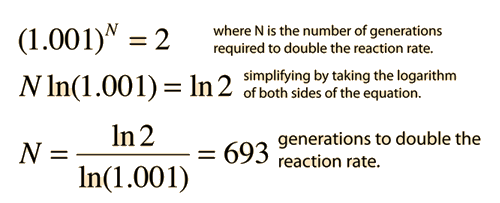Control Rods for Fission Reactors
Since the continued chain reaction of a nuclear fission reactor depends upon at least one neutron from each fission being absorbed by another fissionable nucleus, the reaction can be controlled by using control rods of material which absorbs neutrons. Cadmium and boron are strong neutron absorbers and are the most common materials used in control rods. A typical neutron absorption reaction in boron is

In the operation of a nuclear reactor, fuel assemblies are put into place and then the control rods are slowly lifted until a chain reaction can just be sustained. As the reaction proceeds, the number of uranium-235 nuclei decreases and fission by-products which absorb neutrons build up. To keep the chain reaction going, the control rods must be withdrawn further. At some point, the chain reaction cannot be maintained and the fuel must be replenished.
Fission concepts
| HyperPhysics***** Nuclear | R Nave |
